Unveiling the Evolution of Architectural Styles
From Gothic to Mid-Century Modern, the world of architectural design is a fascinating journey through time and creativity. The evolution of architectural styles tells a colorful story of how societies, cultures, and technologies have shaped the way we build and live in our spaces.
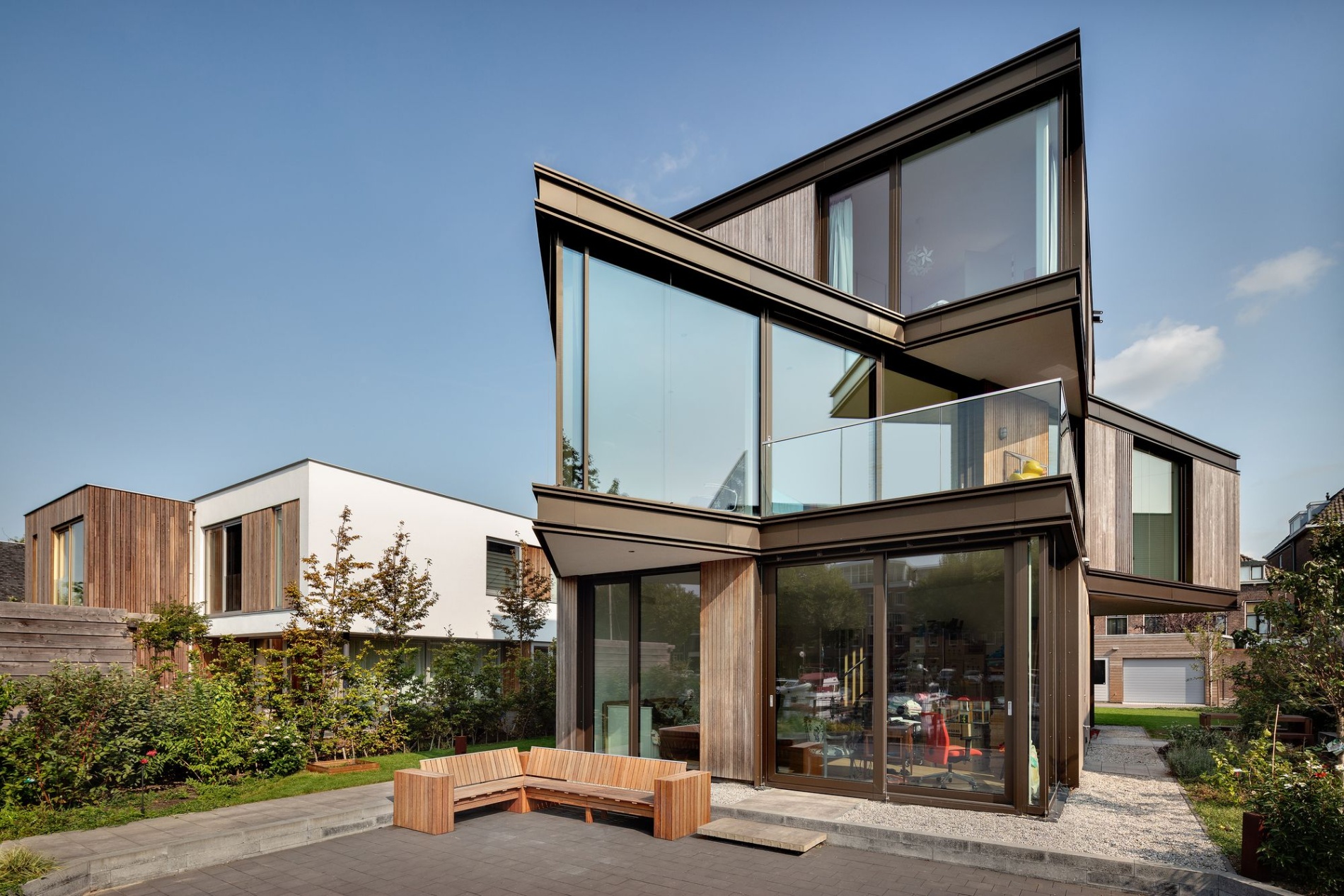
Image Source: arch2o.com
The history of architecture is a fascinating tapestry of different styles, each with its own unique characteristics and influences. From the grandeur of ancient Greek and Roman architecture to the minimalism of modern design, the evolution of architectural styles reflects the changing tastes and values of society.
One of the oldest architectural styles that continue to capture our imagination is Gothic architecture. Characterized by its pointed arches, ribbed vaults, and flying buttresses, Gothic architecture emerged in the Middle Ages and is known for its grandeur and intricate details. The towering cathedrals and churches of Europe are prime examples of Gothic architecture, showcasing the craftsmanship and devotion of the builders.
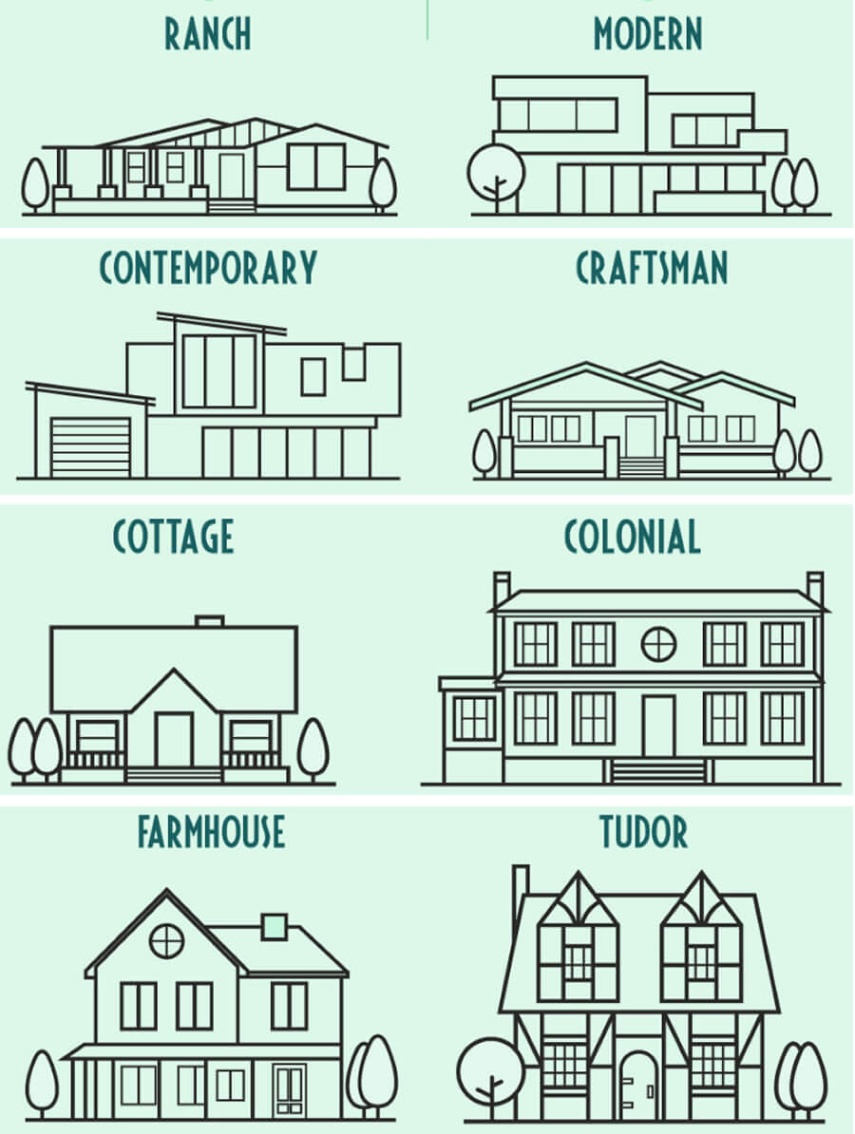
Image Source: s3da-design.com
As we move forward in time, we encounter the timeless elegance of Mid-Century Modern design. Emerging in the middle of the 20th century, Mid-Century Modern architecture is characterized by its clean lines, open spaces, and integration with nature. Influenced by the Bauhaus movement and Scandinavian design principles, Mid-Century Modern architecture remains popular today for its simplicity and functionality.
The evolution of architectural styles is not limited to a linear progression from past to present. In fact, some of the most exciting designs emerge from the fusion of different styles and influences. Contemporary architects often look to the past for inspiration, combining elements of traditional and modern design to create spaces that are both innovative and familiar.
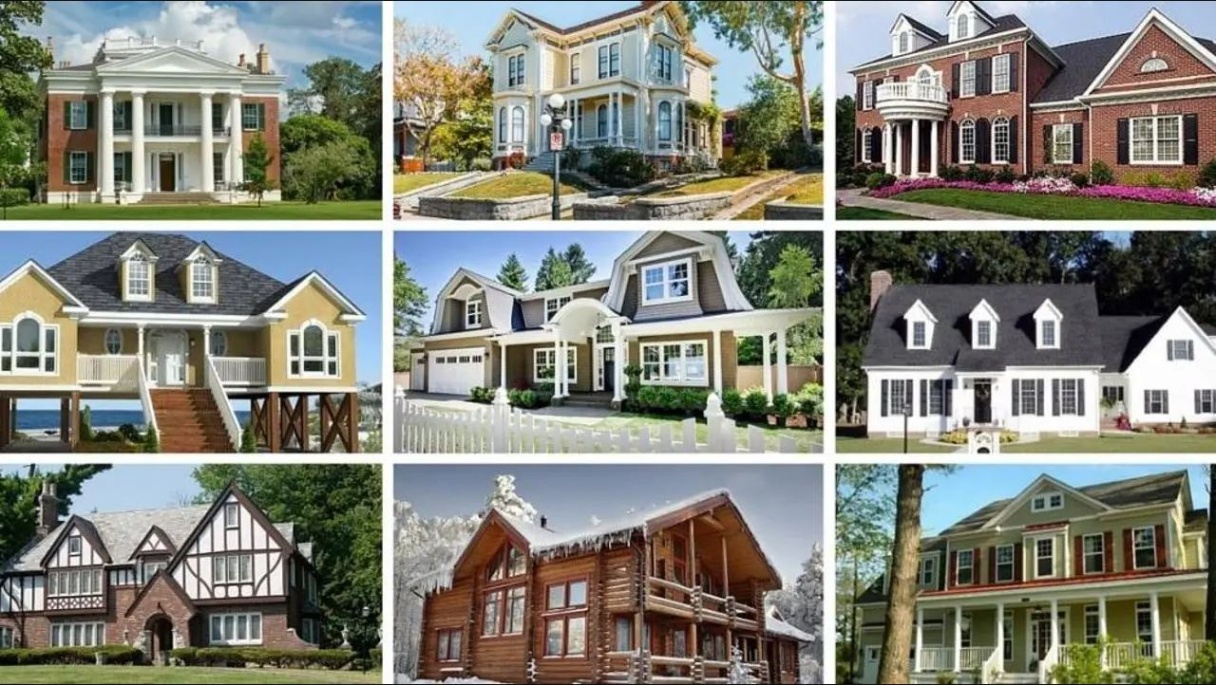
Image Source: s3da-design.com
From the Gothic spires of Notre Dame to the sleek lines of a Mid-Century Modern Home, the evolution of architectural styles is a testament to the ingenuity and creativity of human beings. Each style tells a story of its time, reflecting the values, beliefs, and aspirations of the people who built it.
Whether you prefer the ornate details of Gothic architecture or the clean simplicity of Mid-Century Modern design, there is a style out there for everyone. So next time you find yourself admiring a beautiful building, take a moment to appreciate the history and evolution of architectural styles that have brought it to life.
Embrace the Quirkiness of Gothic Architecture
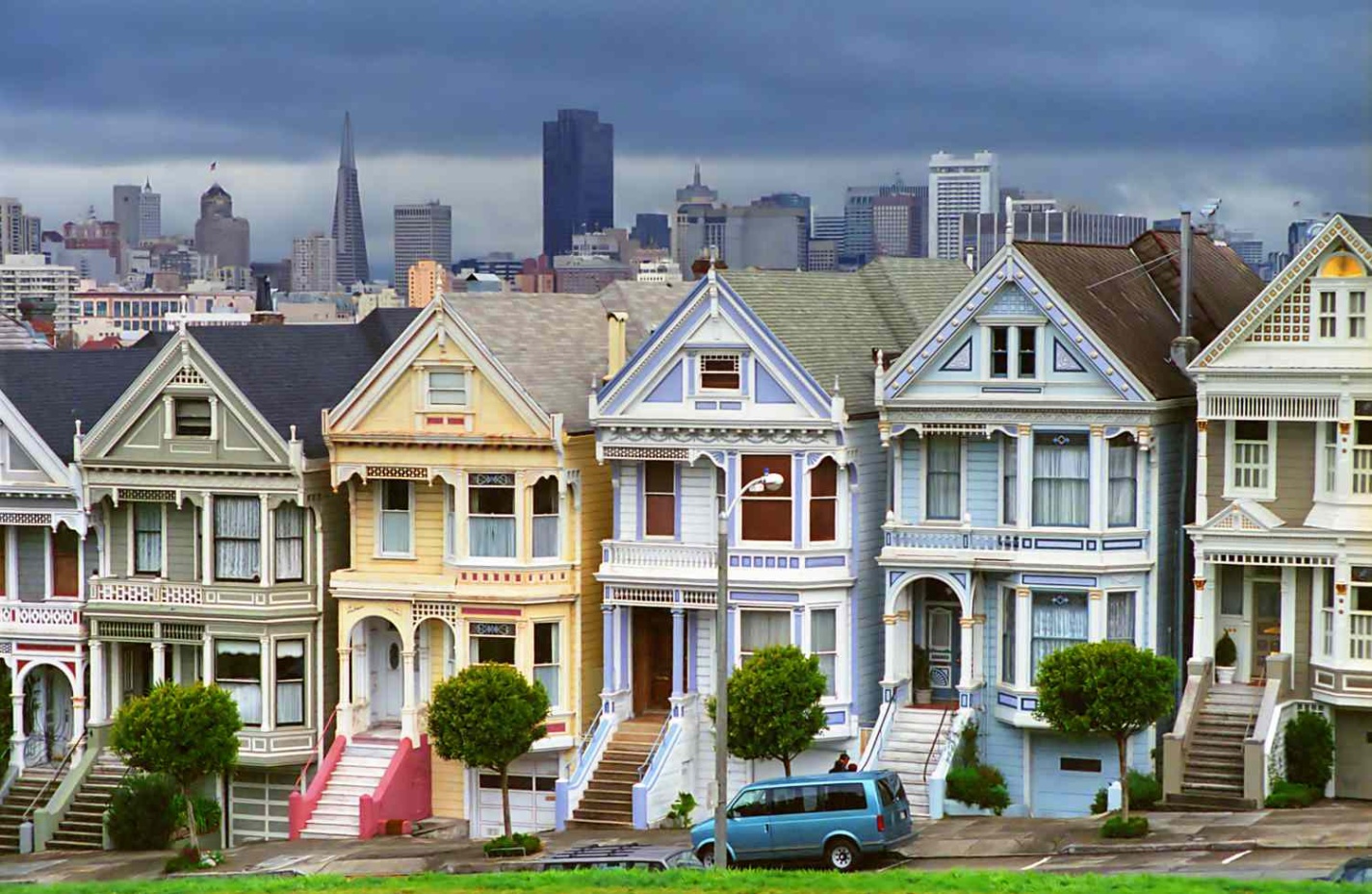
Image Source: thespruce.com
When it comes to architectural design styles, there are few as iconic and instantly recognizable as Gothic architecture. Known for its soaring spires, pointed arches, and elaborate Decorations, Gothic architecture has a certain quirkiness that sets it apart from other styles. From the towering cathedrals of Europe to the quaint chapels scattered throughout the countryside, Gothic architecture has left an indelible mark on the world of design.
The origins of Gothic architecture can be traced back to the Middle Ages, when it emerged as a response to the heavy, Romanesque style that dominated the architectural landscape at the time. Gothic architects sought to create structures that were lighter, airier, and more ethereal than their Romanesque counterparts. They achieved this through the innovative use of pointed arches, ribbed vaults, and flying buttresses, which allowed them to create buildings with taller, thinner walls and larger windows.
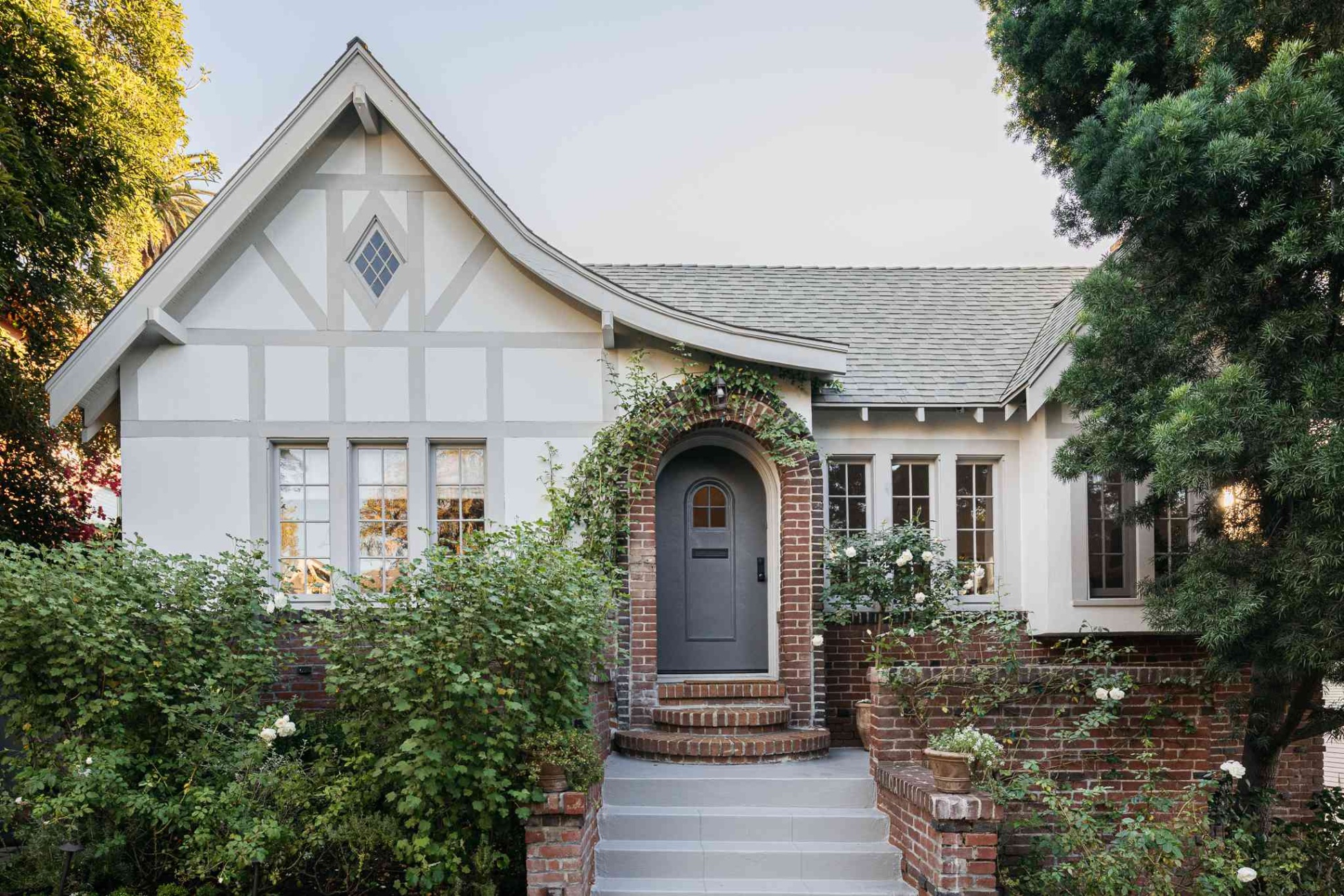
Image Source: thespruce.com
One of the defining features of Gothic architecture is its verticality. Gothic buildings seem to reach up towards the heavens, their spires and towers piercing the sky. This emphasis on height was not just for aesthetic purposes – it also served a practical function. By directing the eye upwards, Gothic architects were able to create a sense of awe and reverence in those who entered their buildings, making them ideal spaces for worship and contemplation.
Another hallmark of Gothic architecture is its attention to detail. From the intricate carvings that adorn the facades of cathedrals to the delicate tracery of stained glass windows, Gothic buildings are filled with decorative elements that beg to be admired. These embellishments serve not only to beautify the structures themselves but also to convey important religious and symbolic messages to those who view them.
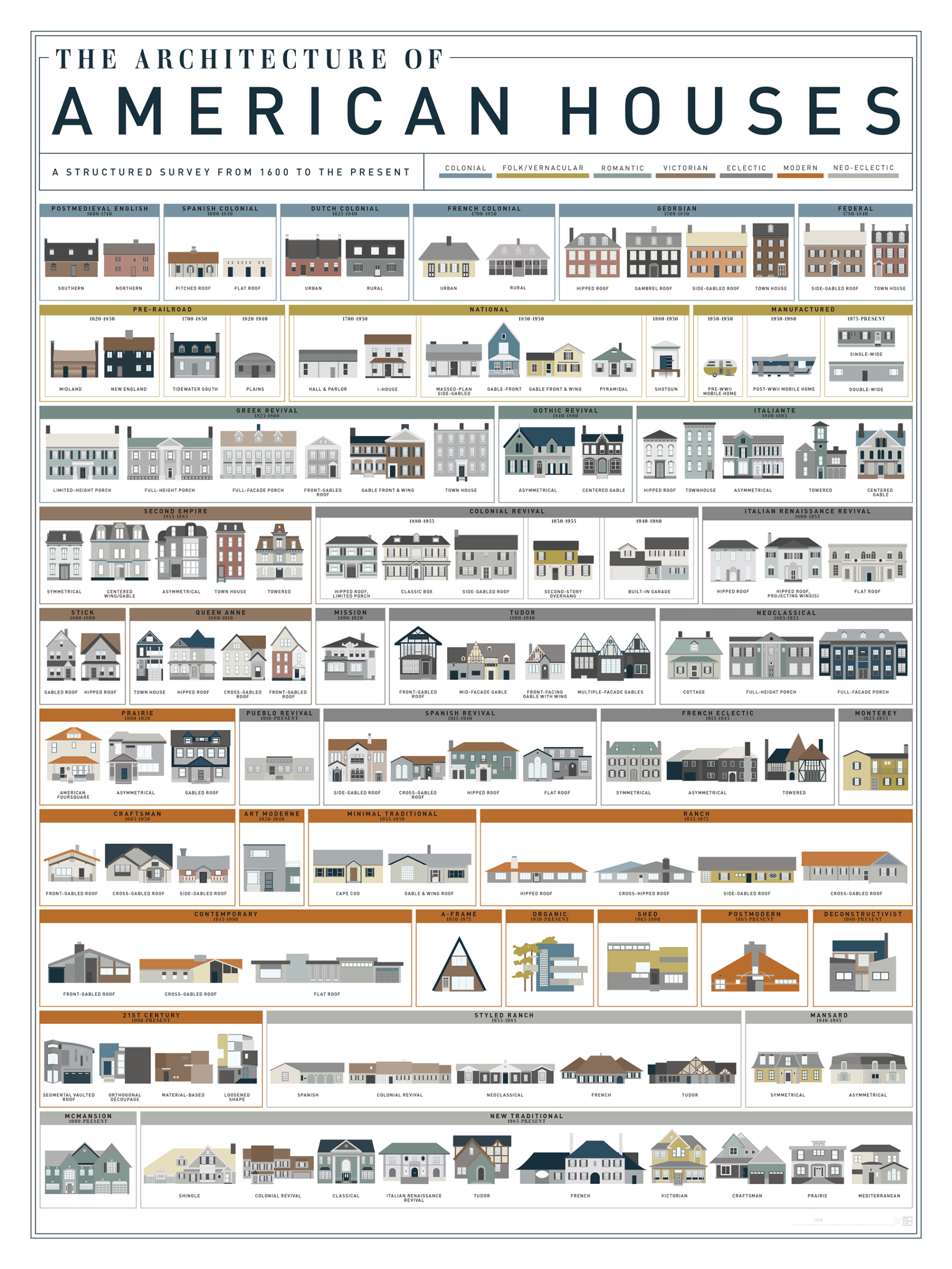
Image Source: 99percentinvisible.org
But perhaps the most quirky aspect of Gothic architecture is its sense of playfulness. While the style is certainly grand and imposing, there is also a whimsical quality to many Gothic buildings. Gargoyles peer down from the tops of cathedrals, grotesque figures adorn doorways, and intricate patterns dance across the surfaces of walls. These elements add a touch of whimsy to what might otherwise be a somber and serious style.
Today, Gothic architecture continues to captivate and inspire designers and architects around the world. While most modern buildings do not strictly adhere to the tenets of Gothic design, elements of the style can still be seen in contemporary structures. From the use of pointed arches in high-rise buildings to the incorporation of intricate tracery in glass facades, Gothic architecture has left its mark on the world of design.
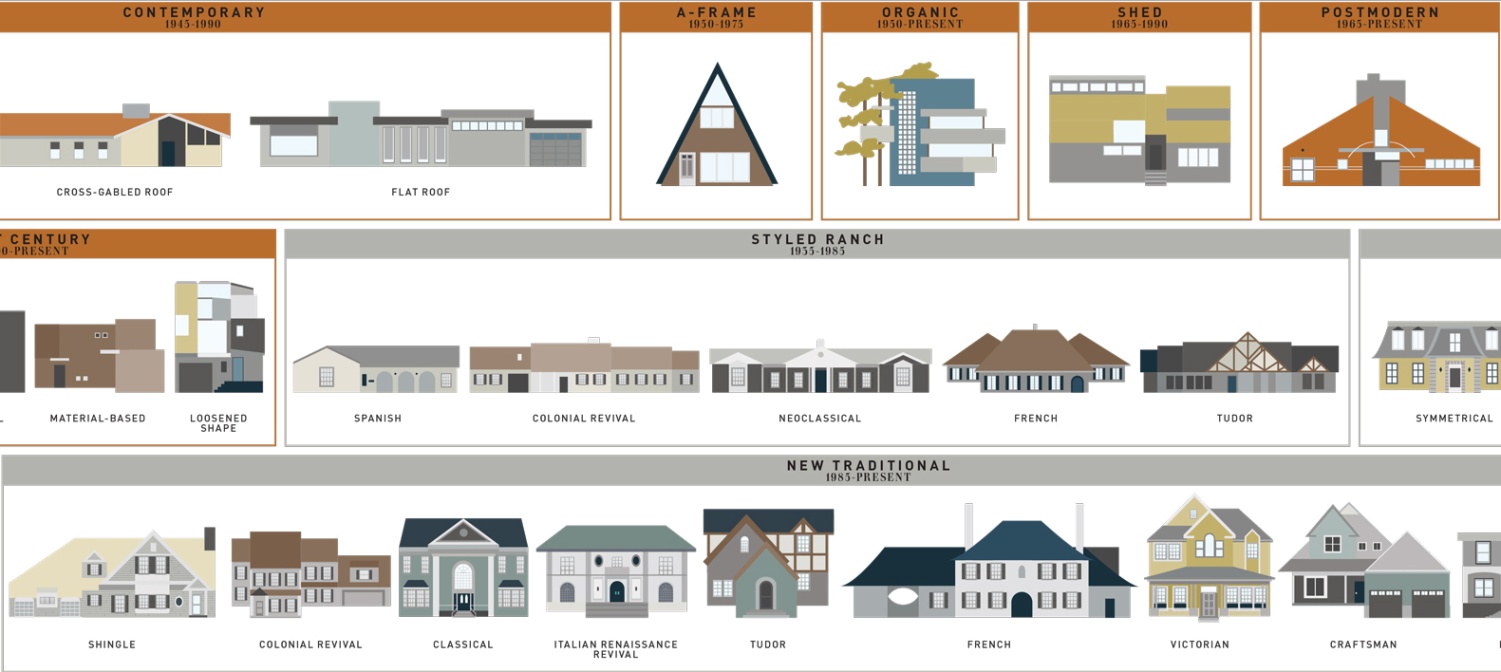
Image Source: 99percentinvisible.org
So, whether you’re a fan of the grand cathedrals of Europe or simply appreciate the quirky charm of Gothic architecture, there’s no denying the enduring appeal of this unique style. Embrace the quirkiness of Gothic architecture and let its soaring spires and intricate details inspire you to create your own masterpiece.
Journey Through the Timeless Elegance of Mid-Century Modern
When it comes to architectural design styles, one that has stood the test of time is Mid-Century Modern. This iconic style emerged in the mid-20th century and continues to captivate designers and Homeowners alike with its timeless elegance and sleek sophistication. Let’s take a journey through the history and key characteristics of Mid-Century Modern architecture.
The Mid-Century Modern style first gained popularity in the post-World War II era, as a response to the traditional and ornate designs of previous decades. This new style embraced simplicity, functionality, and a strong connection to nature, reflecting the changing attitudes of the time. Architects and designers sought to create spaces that were open, airy, and filled with natural light, blurring the lines between indoor and outdoor living.
One of the key features of Mid-Century Modern architecture is its use of clean lines and geometric shapes. Buildings are often characterized by flat roofs, large windows, and asymmetrical facades. The emphasis on horizontal lines creates a sense of continuity and flow, while the use of glass and steel materials gives buildings a light and airy feeling.
Another hallmark of Mid-Century Modern design is the use of organic materials, such as wood, stone, and brick. These materials add warmth and texture to the sleek, modern lines of the architecture, creating a harmonious balance between the natural and the man-made. Inside, spaces are often open and uncluttered, with a focus on functionality and comfort.
Furniture and decor play a crucial role in Mid-Century Modern design, with iconic pieces such as the Eames Lounge Chair and the Noguchi coffee table becoming synonymous with the style. These pieces are characterized by their clean lines, simple forms, and use of natural materials, reflecting the principles of the architecture itself.
Mid-Century Modern architecture also embraces the concept of indoor-outdoor living, with many buildings featuring large windows, sliding glass doors, and outdoor living spaces. This integration of the natural environment into the design creates a sense of harmony and connection, blurring the boundaries between inside and outside.
As we continue to see a resurgence of interest in Mid-Century Modern design, architects and designers are putting a fresh spin on this classic style, incorporating new materials, technologies, and sustainable practices. The timeless elegance and sophistication of Mid-Century Modern architecture ensure that it will continue to inspire and influence design trends for years to come.
In conclusion, the journey through the timeless elegance of Mid-Century Modern architecture is a testament to the enduring appeal of this iconic style. From its clean lines and geometric shapes to its use of organic materials and seamless indoor-outdoor living, Mid-Century Modern design continues to captivate and inspire us with its simple yet sophisticated beauty. So, whether you’re a fan of the classics or looking to add a touch of mid-century flair to your home, this iconic style is sure to make a lasting impression.
Explore the Coolest Fusion of Past and Present Designs
When it comes to architectural design, blending elements of the past with contemporary styles can result in a truly unique and captivating aesthetic. The fusion of past and present designs not only showcases the evolution of architectural styles but also creates a sense of timelessness and innovation. From incorporating historical elements into modern buildings to reimagining traditional structures with a contemporary twist, the fusion of past and present designs offers a multitude of possibilities for creating visually stunning and functional spaces.
One of the most exciting aspects of exploring the fusion of past and present designs is the opportunity to uncover the stories and histories behind different architectural styles. By combining elements of the past, such as ornate detailing, intricate patterns, and traditional materials, with modern design principles, architects and designers are able to create spaces that pay homage to the past while embracing the innovations of the present. This fusion not only adds depth and character to a building but also creates a sense of connection to the past, allowing for a richer and more meaningful architectural experience.
Incorporating historical elements into modern designs can also serve as a way to preserve and celebrate the heritage of a particular place or culture. By repurposing old buildings or incorporating traditional architectural features into new constructions, architects and designers are able to honor the history and significance of a location while breathing new life into the space. This fusion of past and present designs not only adds cultural value to a building but also creates a sense of continuity and legacy that can be passed down through generations.
Additionally, the fusion of past and present designs allows for a level of creativity and experimentation that is truly unparalleled. By combining elements of different architectural styles, periods, and influences, architects and designers are able to push the boundaries of traditional design and create spaces that are both visually striking and functionally innovative. Whether it’s blending Art Deco motifs with minimalist aesthetics or merging Victorian architecture with contemporary materials, the fusion of past and present designs offers endless possibilities for creating truly unique and captivating spaces.
One of the key benefits of exploring the fusion of past and present designs is the opportunity to create spaces that are both timeless and contemporary. By incorporating elements of different eras and styles into a design, architects and designers are able to create spaces that transcend trends and fads, resulting in buildings that are both classic and cutting-edge. This fusion of past and present designs not only ensures that a building will stand the test of time but also allows for a level of adaptability and versatility that is essential in today’s ever-changing architectural landscape.
In conclusion, the fusion of past and present designs offers a truly exciting and innovative approach to architectural design. By blending elements of different styles, periods, and influences, architects and designers are able to create spaces that are rich in history, culture, and creativity. From honoring the heritage of a place to pushing the boundaries of traditional design, the fusion of past and present designs allows for endless possibilities for creating visually stunning, functional, and timeless spaces. So next time you’re looking for architectural inspiration, why not explore the coolest fusion of past and present designs?
architectural design styles